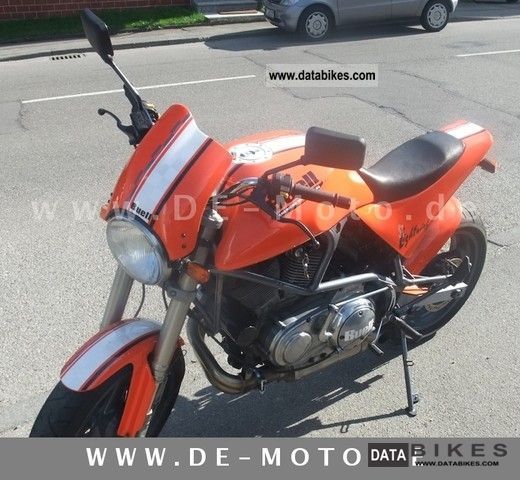
With the exception of parts that are shipped to you in the original manufacturer packaging (example - TMI door panels, floor pans, complete front beams, etc), please be sure to return the parts with an external box or protective packaging around the parts you are returning.

Returns must be sent in a proper shipping box. Items with scour marks that show installation or attempted installation from nuts, bolts, screw-driver’s, washers, etc.

Items damaged in return shipping due to improper packaging.Items missing parts or the original packaging material.These situations will lead to refused returns: Like-new Condition: JBugs may refuse a return when the returned item is not in like-new condition. It dissolved the Plasti-Dip material.You can return most unused, never installed, like-new items for 90 days from the date of receipt. You saw the effect of pooling standoff fog, which contains gasoline, in your own filter housing. The presumption was the carb standoff was dampened by having a roof to bounce off, whereas with no overhead filter deck, the standoff went higher straight up, and leaned the mixture. If I remember correctly, dyno tests (Jeff Lain, Kaddy Shack) showed that stackless Kadrons actually gained power with a filter housing deck above them. The actual reason you get short stacks is limited filter height. By the book, such short stacks would run the power band higher, actually suited for a racing engine, if the cam and heads were matched up to the stacks. You may have noticed that 44's come out of the box with short stacks, usually under three inches. That's why Holley's are not velocity-stacked like Weber's.

Big V8's with 4bbl Holley carbs have special plenum manifolds. A plenum is a space below the carb that acts to dampen reversion. Weber's are non-plenum carbs and need velocity stack to work right. Velocity stacks actually manage "stand off" which is a fog of fuel and air rising out of the carb throat as the side effect of "reversion," which is one reverse pulse of force outwards for every intake pulse of air-fuel entering the engine. Giving it the room you described, your carb will tune normally. One of the resources that the parts shop called and asked what a good minimum distance between top of stack and lid said that 2" was his min distance and 6" was even better(I think the latter was partially in jest).Īdd all the room you can to the space between the top of the velocity stack and the top plate of the filter.
#Chrome velocity stacks how to#
What kind (if any) benefits can I expect with the added room above the stacks? I know the air will have a better entry into the stack opening, and this will translate to what? Better cylinder filling, better throttle response? Just looking for a better understanding of what makes a carb tick and how to optimize what I have. So, tonight I made a 1.75" cardboard spacer to see if that and my 3.25" filters would fit, the cardboard was a bit more than the 1.75" and it seems that a measured filter height of 5.25" will just fit on 1/2 side and the same will easily clear on 3/4 side to deck lid(and even clear my engine harness connection above carb on that side).

I was pretty sure that 6" filters would be a no go. Today I went to local VW part shop to ask what was tallest filter I could fit under my deck lid w/o standoffs, nobody had an answer. After driving some, when I removed the lids for some reason, the undersides were clean. I had also coated the insides of them to cover all the chrome edges better. I know the underside of the lid is getting "washed" by fuel, because last year when I first got the car back on the road I had plasti-dipped the chrome bases and lids black cause they looked better. Leaving only 1" between them and the lid. So, currently my IDF's have 2.25" velocity stacks with 3.25" airfilters. I posted the same thing over on the samba, but some here may not go there and vice-versa.


 0 kommentar(er)
0 kommentar(er)
